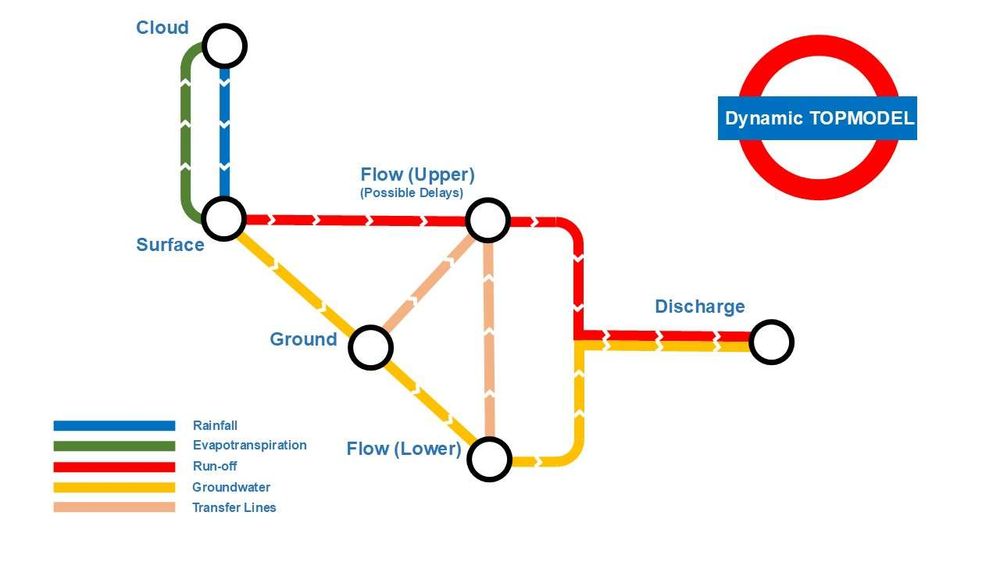Jeannie Wilkening
@jvwilkening.bsky.social
650 followers
420 following
82 posts
Ecohydrologist studying how water💧& plants 🌳 react to a changing climate | Lover of deserts 🌵 & desserts 🧁| Previously UC Berkeley, Cambridge, & U Arizona | she/her | Views my own
Posts
Media
Videos
Starter Packs
Reposted by Jeannie Wilkening
Reposted by Jeannie Wilkening








